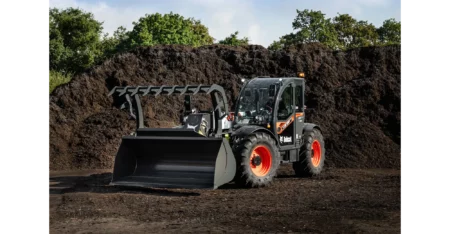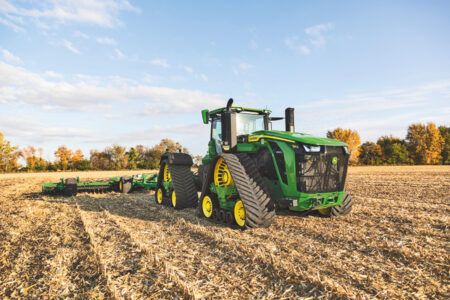Sensata Technologies is known for its expansive sensor portfolio for diesel and petrol engines and for its proactive approach in offering system-tailored solutions for designers and manufacturers who are continuously challenged by new emission regulations, the need for more engine fuel economy and greater product reliability to support extended service intervals.
One example of Sensata’s pro-active sensor development is related to the engine intake air manifold pressure and temperature sensor, known as the TMAP. This sensor measures the pressure and temperature of the intake air for optimized engine performance. The usage of Sensata’s TMAP sensor is partly driven by the more frequent usage of turbochargers for engines, a trend which is more visible recently with the downsizing of petrol engines for passenger cars.
Next-generation engines will also make more use of exhaust gas recirculation (EGR) to support improved engine efficiency and compliance with emission regulations. In this approach, the air provided to the engine intake manifold will use up to 30% recirculated exhaust gas. In the future this may be increased, exposing the TMAP sensor to not only higher air temperatures, but also aggressive chemicals that are present in the EGR flow.
To cope with these challenges, Sensata has developed a version of the TMAP for passenger cars that is not only able to withstand the aggressive EGR air flow in the intake manifold, but also uses the latest Sensata sensor technology to improve the temperature response time combined with analog or digital SENT output. For heavy on-and-off-highway vehicles such as road trucks, wheeled loaders, backhoe loaders and agricultural tractors, Sensata’s Heavy Vehicle Off-Road business offers a robust version of the sensor that can cope with the specific demands of this segment like vibration and extended lifetime requirements by offering specialized sensor housing.
August 14, 2015




